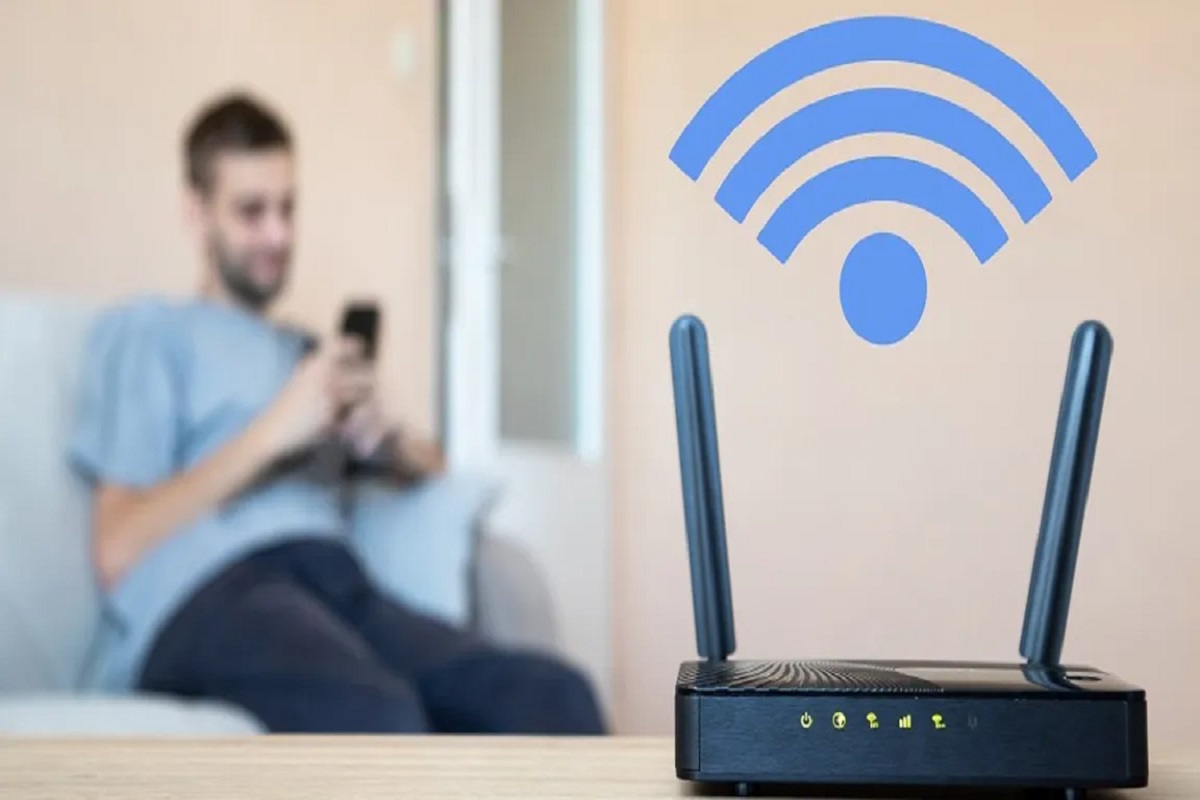In the age of technology, routers play a crucial role in our homes. However, many people are unaware of how routers work and the distinction between a router and a modem. In this article, we will explore the basic functionality of routers to provide a clearer understanding.

Simply put, a router is a device that connects multiple devices within a network and facilitates the transfer of data packets between them. These data packets can be sent between devices within the local network or over the Internet. One way to think of a router is as a courier service.
When you provide the correct address, the package reaches its intended destination. Similarly, a router assigns a unique local IP address to each network device, ensuring that data packets are sent to the right place and minimizing the chances of them going astray.
In addition to forwarding packets, routers can also handle the return path for data. Routers efficiently send data packets individually and at high speeds, enabling multiple devices to exchange data simultaneously.
Many people confuse routers and modems, especially since modern modems often incorporate router functionality. However, in the early days of the Internet, the roles of routers and modems were distinct. Modems were used to establish the connection to the Internet through an Internet Service Provider (ISP), while routers were responsible for connecting various devices within a network, including modems. Routers enable the exchange of data between modems and multiple devices, and this functionality is now commonly integrated into routers.
The primary function of a modem is to facilitate the transmission of signals suitable for computers. Computers and mobile devices operate on digital signals, whereas the Internet relies on analog signals. A modem acts as a translator, converting analog signals to digital signals and vice versa. This is why modems are referred to as “modular” and “demodular” devices. The modem’s task is to handle signal conversion, while the router coordinates the transmission of these signals.
In the past, when there was only one computer in a household accessing the Internet, using a modem connected directly to the computer was sufficient. However, with the proliferation of devices in modern homes, it is impractical to have a separate modem for each device. This is where routers come in handy.
Routers allow us to connect multiple devices to the Internet through a single modem. Furthermore, connecting devices through a router offers enhanced security compared to connecting them directly to a modem.
Routers not only enable multiple devices to access the Internet but also facilitate communication and data sharing among devices within the network. By creating a local network through the router, it becomes easy to share files between devices and enable collaboration among devices such as printers, scanners, and game consoles.
Leave a Reply